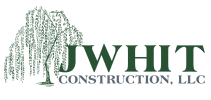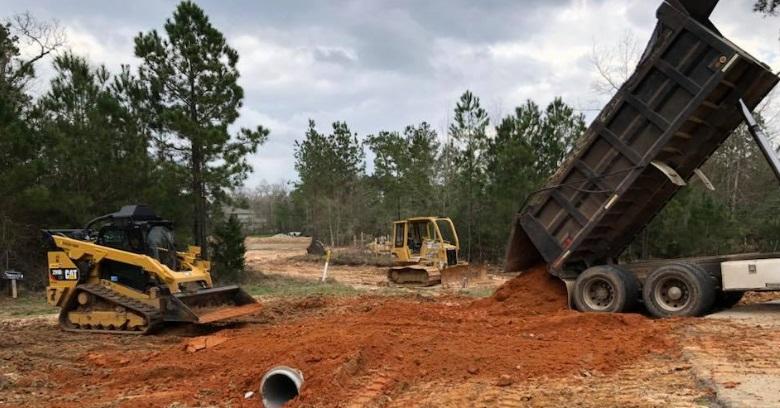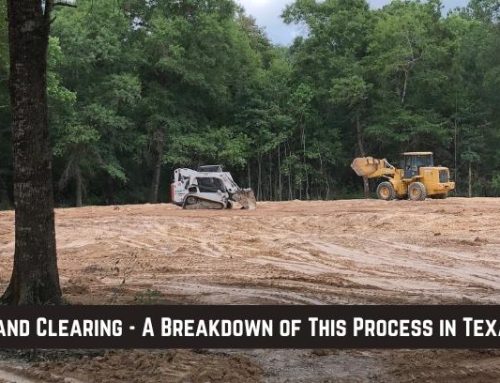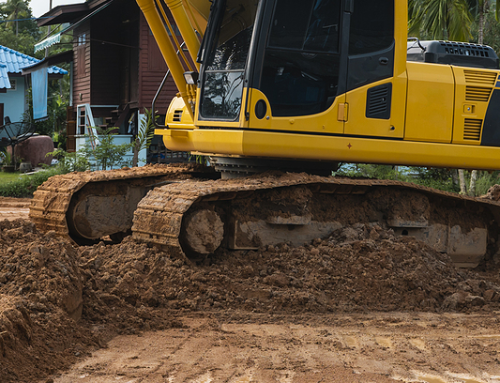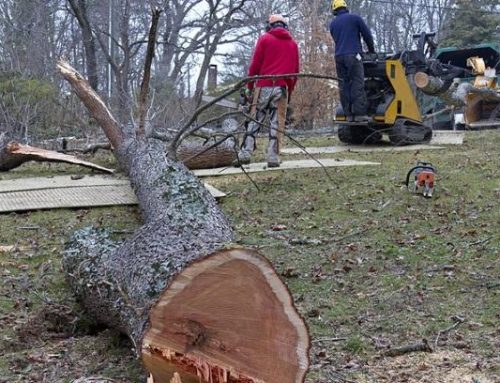When budgeting for any building project, land clearing costs are one of the first expenses to determine and include in that budget.
Land clearing contractors perform critical work that the success of the entire project depends on, so skimping on these services is not recommended.
Though each land clearing service follows its own fee schedule and every job is different, understanding how those fees are determined is a good place to start when budgeting for this work.
1. Lot Size, Location, and Topography
Naturally, the larger the piece of land being cleared, the greater the cost.
Yet lot size is far from the only factor in determining land clearing costs, as the shape of the land, its elevation, topography, and many other details are a factor.
The more challenging the work, the higher the cost will be.
Considering this, land clearing contractors start their estimating process by surveying the lot to mark off all boundaries and physical details as well as testing the soil to determine what must be done so that it can be cleared and left in the state that is required to begin site preparation.
2. Land Clearing Permits
Once surveying and soil testing are complete and a project plan is made, land clearing services must then file for the permits required for all that work.
Permit costs, which can range from a few hundred dollars to many thousands of dollars, are added to the cost of work.
3. Land Clearing Services Required
The type and extent of processes required to complete land clearing is another huge variable when trying to determine clearing costs.
The denser and more mature the vegetation is and the more difficult it will be for land clearing contractors to remove, the greater the costs will be.
Areas covered in bushes and brush are much easier to clear than dense woods with large trees that have been growing for years.
The former can be done fairly quickly on large acreages while the latter could take exponentially longer as trees are felled and taken off-site, stumps are ground, roots are pulled out, and then brush and grasses are mowed down so that the surface can then be cleared.
Weather conditions that make the work more challenging can also affect the final cost.
4. Equipment Required
Beyond the time and labor costs directly related to what land clearing services are required, costs will also reflect the machinery required to do them.
The more equipment required to handle these services, the higher the cost will be, especially when contractors must bring in specialty contractors with additional equipment.
5. Waste Removal and Disposal
After all the work has been completed with the raw land cleared and ready for site prep, the last that land clearing contractors must estimate is the cost to haul and dispose of all the waste collected during the process.
Usually, this includes whole trees, piles of rocks, boulders, and vegetation as well as anything else collected off the land.
Fortunately, it is sometimes possible to reduce disposal costs if some of it can be safely and legally burned onsite.
It may also be possible to sell the trees rather than have to pay to have their disposal.
Land Clearing Costs Involve Many Variables
Because every land clearing job involves so many different variables, it is impossible to determine the costs as a general quote.
An experienced land clearing service must inspect the location, do surveying and soil testing, then come up with a comprehensive plan to determine how the work must be completed and what fees they will charge for the work!
